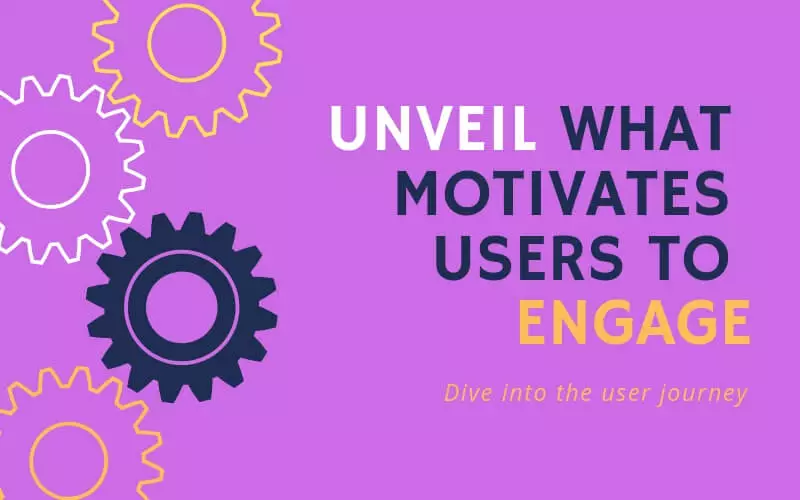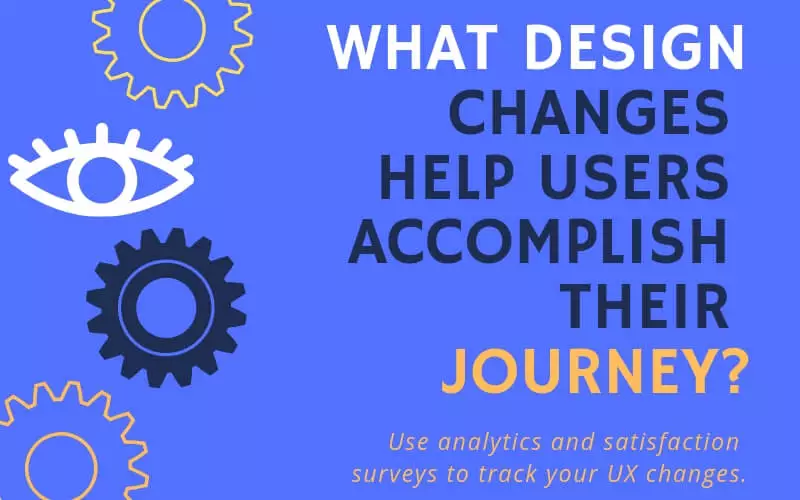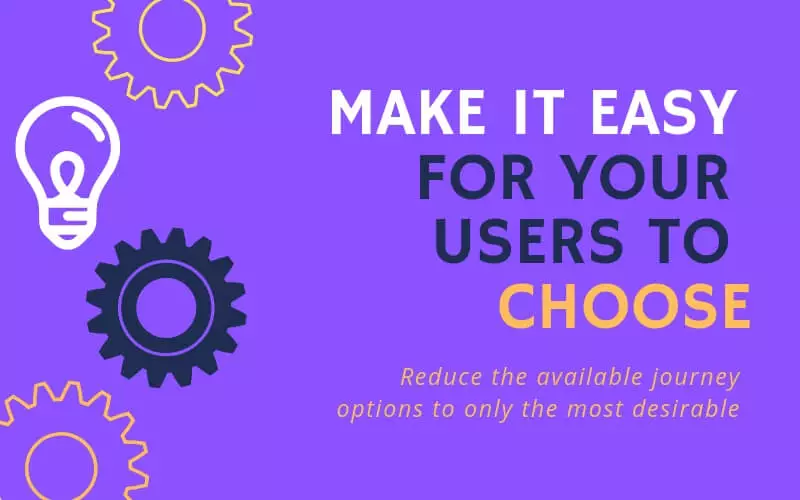In the book “Shoeless Joe” and its movie adaptation, “Field of Dreams,” we are introduced to Ray Kinsella. Ray hears a voice in his head telling him, “If you build it, they will come.”
Far too often, we design digital experiences according to the same belief.
If one is lucky, they may, in fact, come. But will your users engage? Explore? Learn? Evangelize?
It’s important to elevate UX design above just satisfying a list of required “whats.” To lift your user adoption rates, learn to address your users’ deeper questions: the “so whats.”
Dive deeper: Read about feng shui techniques you can use to deliver an awesome UX design.
Design for emotion to deliver amazing UX

Of course, for every UX design project, we study the technical and functional requirements. But we also craft and follow a set of emotion-based requirements, usually outlined in the form of one or more user stories.
In these stories, we merge aspects of traditional personas and user flows; then infuse them with emotions and motivations. It’s an opportunity for designers to walk in users’ shoes, so to speak, well before they begin to create wireframes.
The best narratives showcase not only what users encounter. They describe how the journey makes users feel.
A story unveils what motivates users to engage in the first place. It dissects what considerations users mull over as they take each step in the journey — and reveals who else might be influencing them in their process.
Understanding users’ emotional needs helps any designer rank navigational structures and page elements. When you know what’s top of mind, it’s easy to give visual importance to what should command the most attention in your design.
Optimize for the behaviors you want

Almost all UX designers are familiar with conversion rate optimization (CRO). It’s a process of using analytics to inform design and improve specific performance metrics of your website.
Usually, that means optimizing to increase things like form fills, subscriptions or sales. But that process doesn’t have to be limited to those things.
Use analytics and satisfaction surveys to track and measure the effectiveness of your UX changes over time. Try to understand what design changes help users complete tasks more easily, improve their satisfaction, and overall adoption.
Boosting user adoption may mean narrowing the choices you offer
It’s an easy trap to fall into — thinking that increasing options for people will increase your chances of satisfying your users.
However, it’s far more likely that with every additional choice, you actually diminish the potential to engage that user. It’s simply an example of Hick’s Law in action.
You’re not doing yourself, your customers, their decision-making process, or your business any favors by increasing the complexity of your navigation.
It’s better for your users to reduce the available journey options — and make it easy for them to choose.
Keep in mind the users predisposed to converting or buying what you have to offer — and distill your journey options down to only the most desirable. That means reducing or eliminating those journey options tailored to those outside of your optimal consumer group.
To paraphrase a favorite adage of political strategists, you shouldn’t waste time trying to change anyone’s mind. Instead, focus on getting the people who already support you to actually cast a vote.
Remember, everyone needs a little help sometimes

Making an effort to design for accessibility delivers benefits to every user. After all, a webpage with good accessibility holds no limits for users — no matter disability, age, or location. A high-quality, easy-to-navigate website is great for business.
Of course, the key to relieving users from the stress of feeling lost along the journey comes down to one state: achieving digital adoption. Digital adoption empowers users to easily engage with technology.
When you’ve unlocked digital adoption, users can successfully utilize digital tools as designed, and to their fullest extent. It’s the user experience expectation matching reality. Then, you’ll tailor your design “story” to building a just-right user experience.
Once you’ve designed a winning digital adoption process, your users will seamlessly journey through the ins, outs, and opportunities any new UX design has to offer.
__________
WalkMe’s Digital Adoption Platform (DAP) transforms the user experience in today’s overwhelming digital world. Using artificial intelligence, engagement, guidance, and automation, WalkMe’s transparent overlay assists users to complete tasks easily within any enterprise software, mobile application or website. Discover how a DAP can revolutionize your business — request a demo today.

